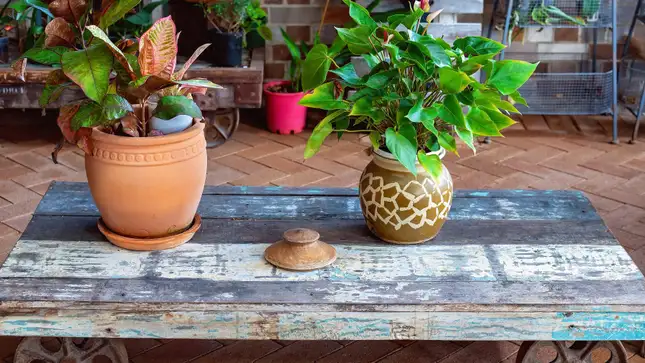Beautiful Plants For Your Interior

As the summer sun beckons, many plant enthusiasts eagerly prepare to give their houseplants a taste of the great outdoors. However, transitioning indoor plants to an outdoor environment requires careful planning and consideration to ensure their health and well-being. In this comprehensive guide, we’ll walk you through the steps to safely move your houseplants outdoors for a summer vacation they’ll truly enjoy.
The Benefits of Outdoor Summertime for Houseplants:
Before we delve into the details, let’s explore why taking your indoor plants outdoors for the summer can be so beneficial:
- Increased Sunlight: Outdoor conditions often provide more intense and direct sunlight, which can promote robust growth and vibrant foliage.
- Enhanced Air Circulation: The natural breeze outdoors helps improve air circulation, reducing the risk of pests and fungal issues.
- Natural Rainwater: Rainwater contains essential nutrients and minerals that can benefit your plants, making it an excellent alternative to tap water.
Transitioning Your Houseplants Outdoors:
1. Gradual Acclimation:
- Begin by placing your plants in a shaded or partly shaded area outdoors for a few hours each day. Gradually increase their exposure to sunlight over the course of several weeks to prevent sunburn.
2. Suitable Outdoor Spot:
- Select a suitable outdoor location for each plant based on its sunlight requirements. Ensure it receives the right amount of sunlight, whether it’s full sun, partial shade, or full shade.
3. Proper Containers:
- Transfer your plants to suitable outdoor containers or pots with good drainage. Ensure these containers are clean and have no pests or diseases.
4. Monitor Moisture:
- Outdoor conditions can lead to faster drying of the soil. Monitor moisture levels and adjust your watering routine accordingly. Be mindful not to overwater.
5. Pest Prevention:
- Keep a close eye on your plants for signs of pests and take preventive measures like using neem oil or insecticidal soap to deter unwelcome visitors.
6. Avoid Extreme Conditions:
- Protect your plants from extreme weather conditions, such as strong winds, heavy rain, or heatwaves. Move them to a sheltered spot if necessary.
7. Regular Inspection:
- Continue to inspect your plants regularly for signs of stress, disease, or nutrient deficiencies. Address any issues promptly.
Bringing Your Plants Back Indoors:
As summer draws to a close and temperatures drop, it’s crucial to reverse the acclimation process and bring your plants back indoors gradually. Sudden exposure to indoor conditions can shock your plants.
Conclusion: A Summer Sojourn for Your Green Companions:
Transitioning your houseplants outdoors for the summer can provide them with a refreshing change of scenery and optimal growing conditions. With a thoughtful and gradual approach, you can ensure that your plants not only survive but thrive during their outdoor vacation. Embrace the opportunity to reconnect with nature as you watch your green companions bask in the beauty of the great outdoors.